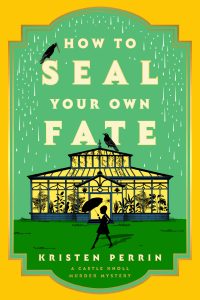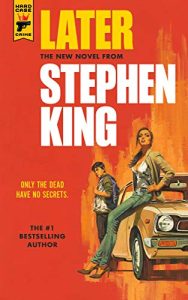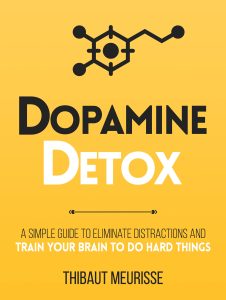
Set Boundaries, Find Peace promises exactly what the subtitle says: a practical path to reclaiming yourself. Licensed therapist Nedra Glover Tawwab distills years of clinical experience into an approachable blueprint for naming your needs, saying no, and sticking to limits across family, friendships, work, romance, and social media. The book is written in clear, direct prose and leans on cognitive behavioral therapy fundamentals, which gives the advice a grounded, step by step feel that beginners will appreciate.
What the Book Does Well
Tawwab’s greatest strengths are clarity and usability. She translates therapy room concepts into everyday language, then adds sample scripts, checklists, and bite sized exercises that make boundary setting less abstract and more actionable. Readers like Taylor Novak and David highlight how the book doubles as a ready to use handbook for both clients and clinicians. The examples illustrate common patterns of people pleasing, resentment, and burnout, and the guidance on shifting from vague hints to explicit statements is genuinely useful. If you have struggled to say no, or you tend to over explain yourself, the coaching here can be eye opening.
The structure is also reader friendly. Each chapter defines a boundary problem, explains the psychology underneath, and ends with concrete ways to practice healthier limits. The tone avoids shame and invites agency, which is why many readers recommend gifting the book to friends and family who feel overwhelmed or taken for granted.
Where the Approach Falls Short
The very directness that makes this book effective can also flatten reality. Danielle’s critique surfaces a recurring blind spot: the text often frames complex social issues as individual boundary failures. Financial precarity, unsafe housing, workplace power imbalances, and caretaking obligations are sometimes treated as solvable through firmer personal limits. That outlook risks sounding privileged and can unintentionally place blame on people with the least room to maneuver.
Several examples read as if the only barrier is courage or wording. Telling an addicted parent to stop drinking at a party, or assuming a single parent can outsource labor, ignores resource constraints, cultural contexts, disability, and neurodivergence. The work chapters often imagine white collar flexibility with HR backstops and private offices, which does not represent the majority of workers. When boundary talk sidesteps systems, readers living inside those systems may feel unseen.
The book also occasionally models boundaries as instructions for other people rather than commitments to your own behavior. Saying you can only have three drinks tonight frames control as yours over them instead of I will leave if the drinking goes past my limit. The latter preserves your agency without policing someone else. Tawwab acknowledges early on that boundaries can be too rigid or punitive, but the nuance fades once the lists and scripts get rolling.
The Bigger Conversation
Boundaries are essential, but they do not exist in a vacuum. Healthy limits flourish alongside community care, trauma informed practice, and policies that reduce harm. Readers who want a broader lens might pair this book with resources on power dynamics, labor, or tech design that intentionally erodes attention. Otherwise, boundary work can begin to sound like simple mindset swapping in contexts where structural change is needed.
Who This Book Helps Most
- Beginners to personal growth who need plain language, examples, and scripts to start practicing no
- Helpers, fixers, and chronic yes sayers who feel resentful or depleted
- Clinicians and coaches looking for client friendly worksheets and framing
Who May Want More
- Readers seeking deep discussion of trauma, neurodivergence, disability, or culture specific norms
- Workers outside office settings or without benefits who need realistic adaptations
- Activists and community builders who want boundaries integrated with mutual aid and systemic awareness
Verdict
Set Boundaries, Find Peace is an accessible, motivating starter guide that can help you name your limits and protect your time, energy, and attention. Its scripts and CBT rooted techniques are solid entry points. The tradeoff is a sometimes individualistic lens that underestimates structural constraints and occasionally prescribes rules for others rather than commitments for yourself. Read it for practical tools, then round it out with resources that account for the messy realities many people face.


